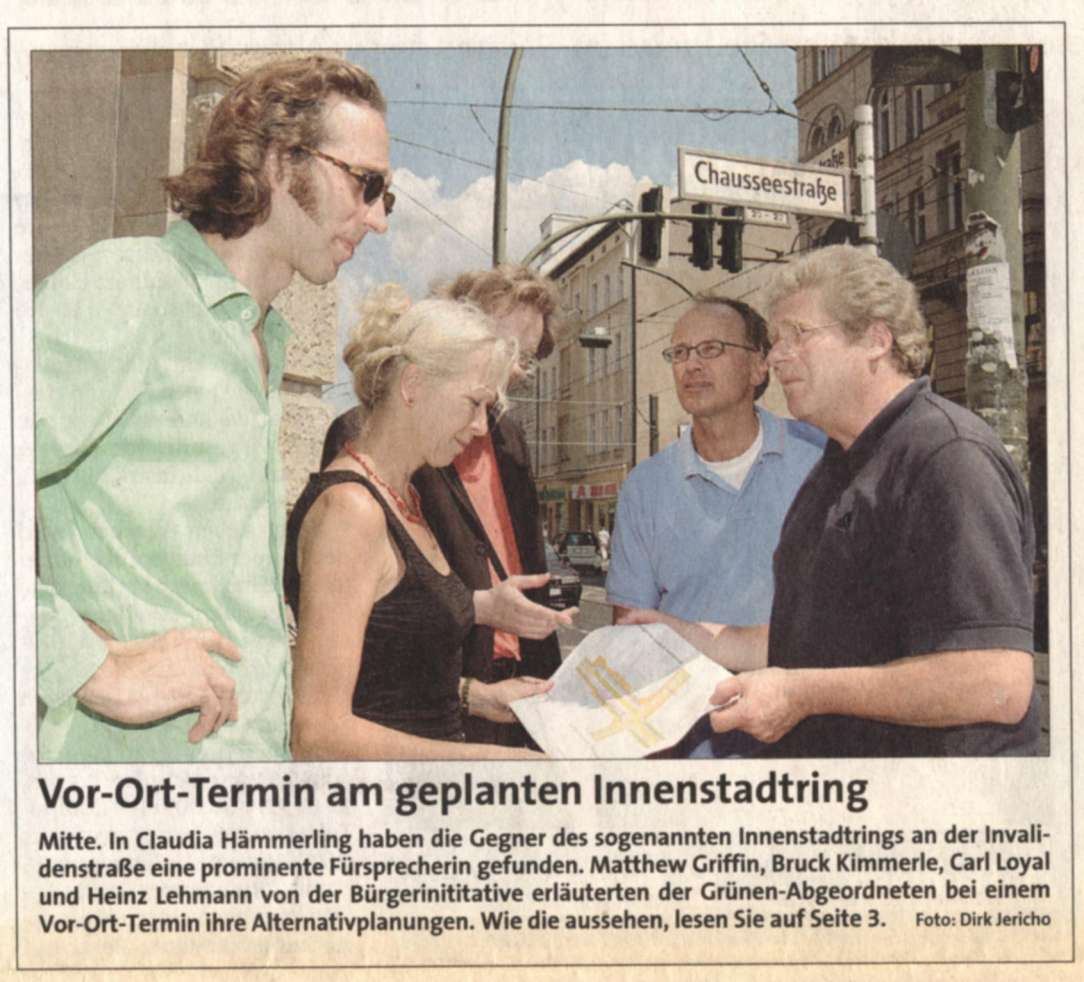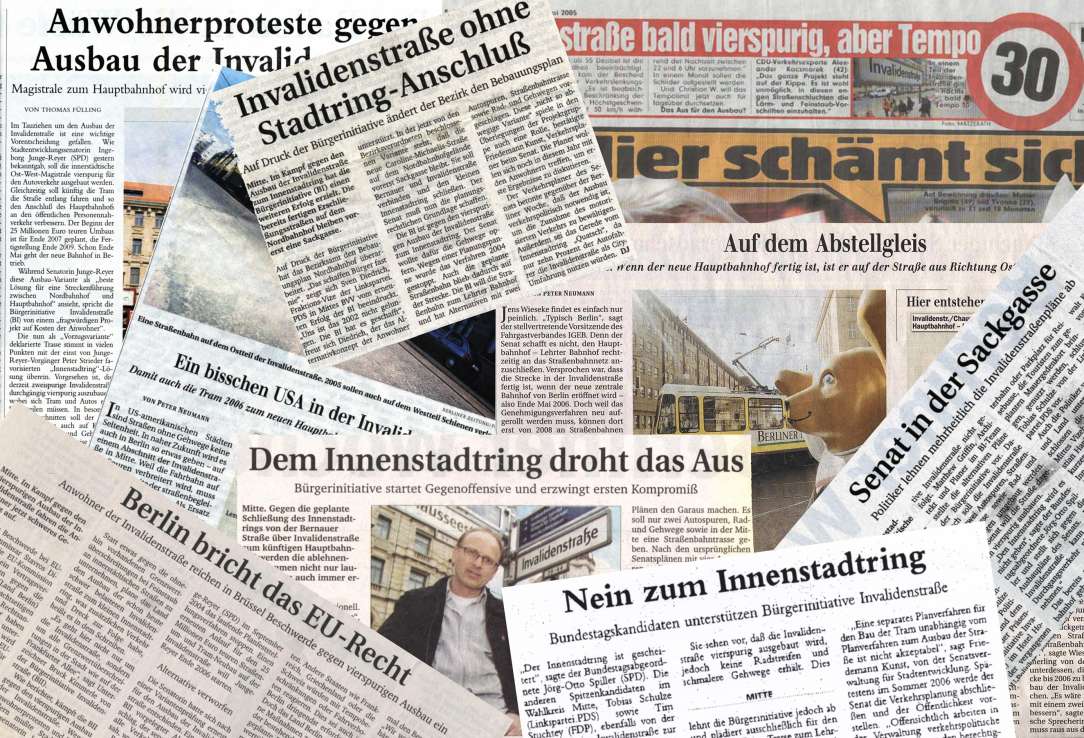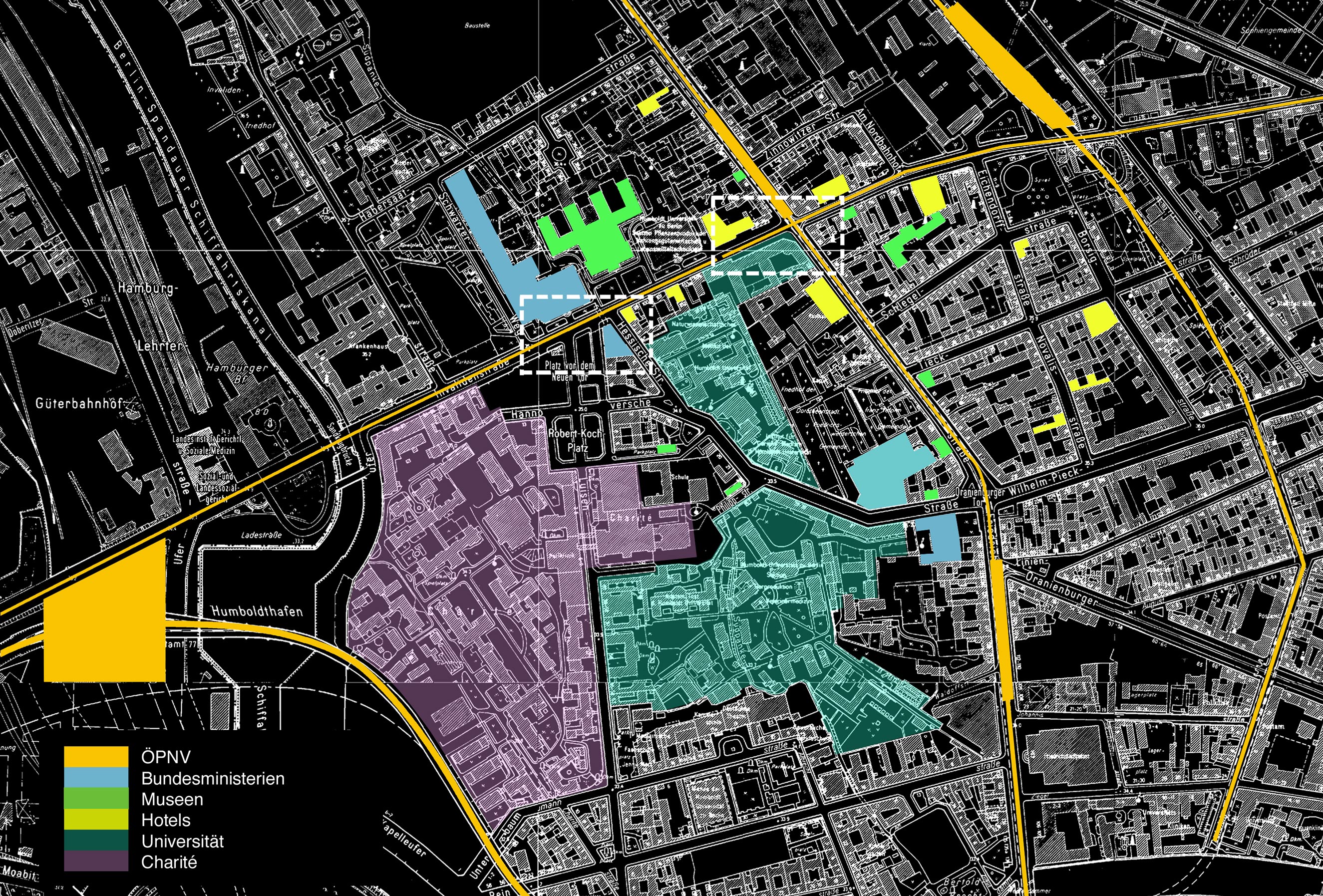In March 2004, the Berlin government published its plans to widen Invalidenstraße into a four-lane inner ring. The local community was shocked that the city was once again sacrificing its historic center to automotive efficiency.
A citizens group, Bürgerinitiative Invalidenstrasse (BII), formed to work for a better solution. It was the beginning of a seven-year campaign to improve the city’s anachronistic plan, by working to cross the rigid line that separates the people who design the streets from those who use them.
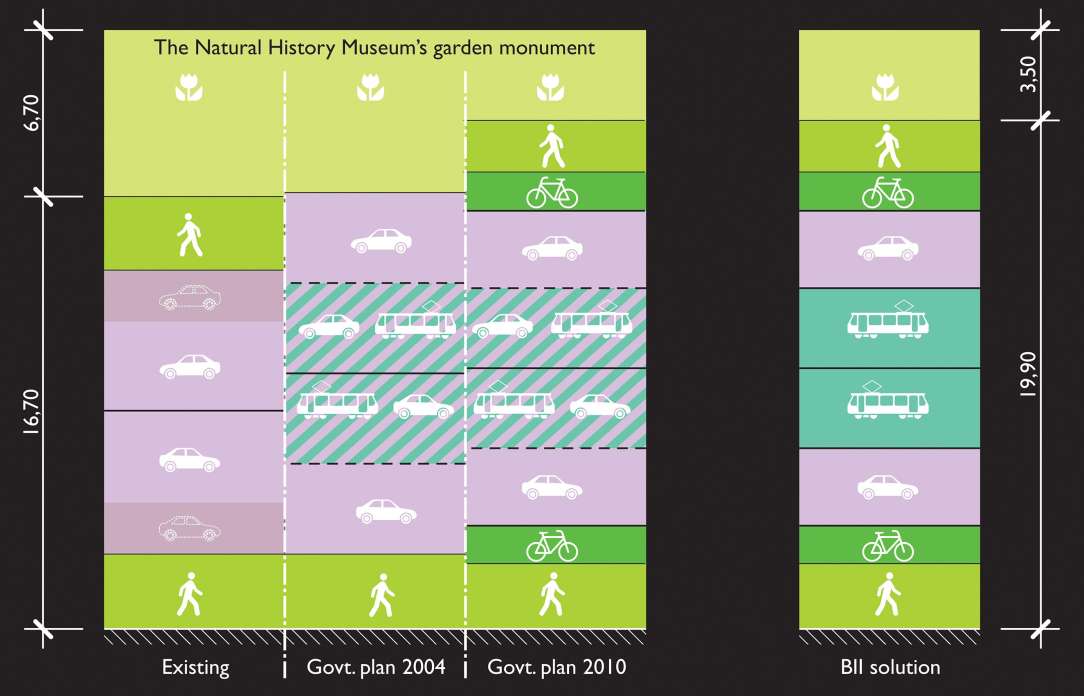
Who designs the streets?
Streets are perhaps the last bastions of centralised government power. They are almost exclusively designed, built, owned, operated, maintained and policed by the government.
Streets become, therefore, the epitome of faceless, bureaucratic design. In an age when communications technology is revolutionising our society, these bureaucratic design processes need to be reformed.
Technology makes ubiquitous participation easier, and citizens now are able and expect to be involved in planning processes. As our society adapts to these new processes, architects must engage themselves as citizens to maintain their relevance.
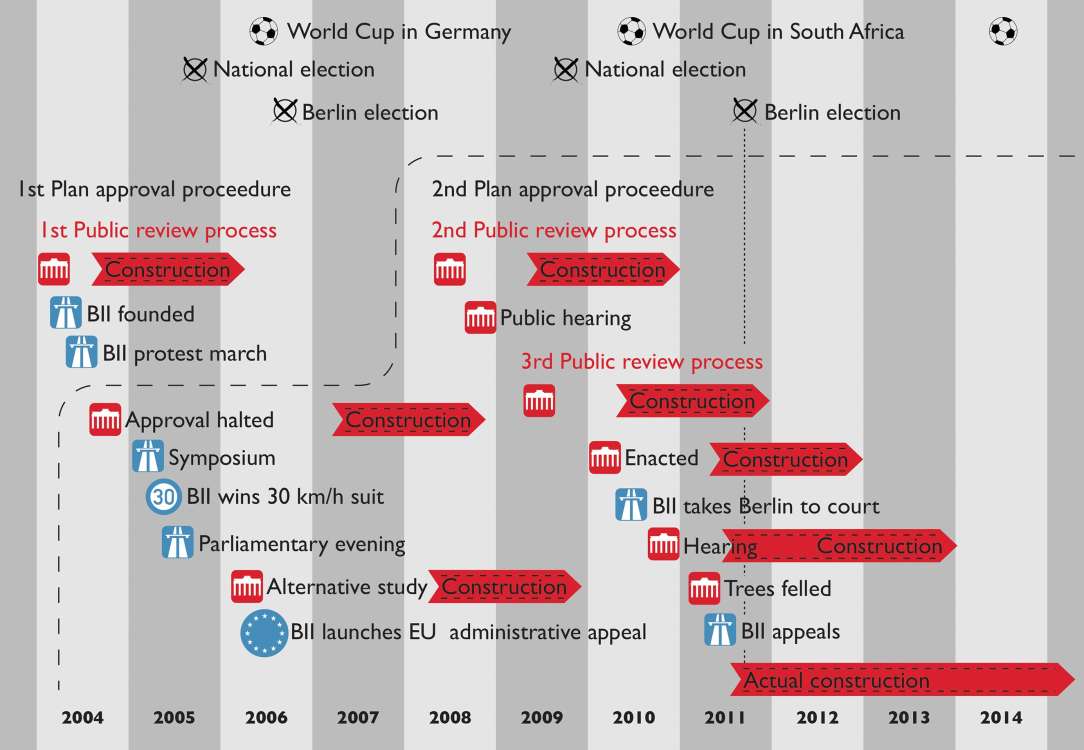
Expanding practice
Political engagement knows no professional boundaries. The BII pooled many fields: legal, financial, design and lobby experts worked together.
Only by combining a broad spectrum of skills could our network assemble enough critical mass to effect change within the bureaucracy. We wanted an improved design. The only way to achieve this was to operate outside the traditional professional scope of architecture, in other words, to expand the field of design.
